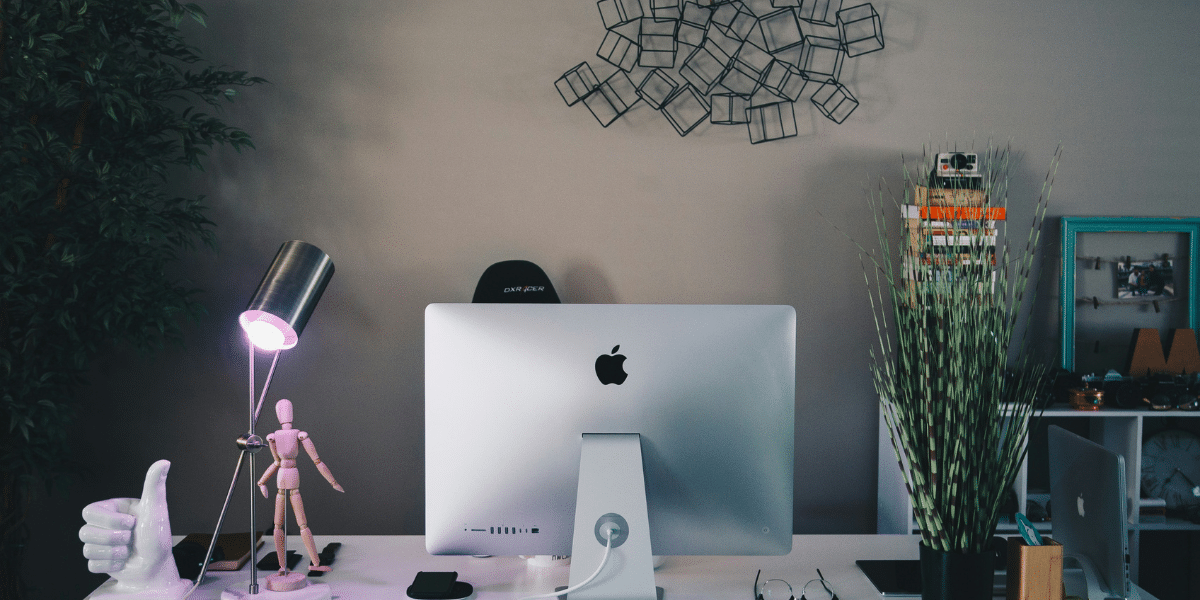The design of workplace environments has undergone a significant transformation in recent years, influenced by evolving work habits, technological advancements, and a growing emphasis on employee well-being. Industry leaders like Timur Yusufov, known for their innovative approaches in real estate, recognize that the future of workplace design lies in adaptability and flexibility. This article explores how modern office spaces are evolving to meet the changing needs of businesses and their employees.
Reimagining Office Spaces
The Shift from Traditional to Flexible Designs
Gone are the days when offices were synonymous with rows of cubicles and a rigid, one-size-fits-all layout. Today’s office design is moving towards spaces that are adaptable and multifunctional. This shift is driven by the recognition that employees have diverse needs and work styles, which traditional offices often fail to accommodate. Innovative thinkers like Yusufov are at the forefront of this transformation, creating spaces that can be easily reconfigured to suit varying tasks and team sizes.
Embracing Open and Collaborative Spaces
Open-plan offices have become increasingly popular, fostering collaboration and communication among employees. These spaces are designed to be inviting and conducive to teamwork, with flexible seating arrangements and communal areas. However, it’s also crucial to balance this openness with private areas where employees can focus without distractions.
Integrating Technology
Smart Office Solutions
As technology continues to advance, its integration into office design is becoming more prevalent. Smart office solutions, such as automated lighting, temperature control, and advanced conferencing systems, are being incorporated to enhance efficiency and comfort. Visionaries within the industry understand that technology is not just an add-on but a crucial element that can significantly improve the functionality and adaptability of workspaces.
Supporting Remote and Hybrid Work Models
The rise of remote and hybrid work models has necessitated the integration of technology that supports collaboration across distances. Video conferencing tools, high-speed internet, and cloud-based platforms are becoming standard in modern office designs. This technological integration ensures that whether employees are working from the office or remotely, they remain connected and productive.
Prioritizing Employee Well-Being
Designing for Health and Comfort
Employee well-being is increasingly becoming a priority in office design. Elements such as ergonomic furniture, natural lighting, and green spaces are being incorporated to create healthier work environments. Timur Yusufov and other industry leaders recognize that a workplace that prioritizes employee health can lead to improved productivity and job satisfaction.
Creating Versatile and Inspiring Environments
Beyond physical health, mental well-being is also a critical consideration. Offices are being designed with creative and recreational spaces where employees can relax and rejuvenate. These might include lounges, game areas, or even outdoor terraces. The aim is to create an environment that is not only functional but also inspiring and enjoyable.
Sustainable Office Design
Eco-friendly Practices
Sustainability is another key factor driving the evolution of office design. Energy-efficient appliances, sustainable materials, and waste reduction practices are increasingly being adopted. These eco-friendly initiatives not only reduce the environmental impact of office spaces but also align with the growing corporate responsibility towards sustainability.
Biophilic Design Elements
Incorporating nature into office design, a concept known as biophilic design, is gaining popularity. This approach involves integrating natural elements like plants, water features, and natural materials, which can improve air quality and create a more pleasant and productive work environment.
Overcoming Challenges in Modern Office Design
Balancing Flexibility with Functionality
One of the main challenges in creating adaptive and flexible office spaces is finding the right balance between flexibility and functionality. It requires careful planning and design to ensure that spaces can be easily reconfigured without compromising their primary purpose. Leaders like Yusufov excel in striking this balance, ensuring that office designs are both dynamic and practical.
Addressing Acoustic and Privacy Concerns
In open and flexible office layouts, managing noise levels and ensuring privacy can be challenging. Innovative solutions such as sound-absorbing materials, strategic layout planning, and the provision of private booths or pods are essential to address these concerns effectively.
The Role of Leadership in Workplace Design
Driving Innovation
The role of leaders like Timur Yusufov in the evolution of workplace design is invaluable. They drive innovation by embracing new trends, experimenting with different layouts and technologies, and continuously seeking improvements. Their vision and willingness to adapt play a crucial role in shaping the workplaces of the future.
Embracing Change and Leading by Example
Leading through change, especially in traditional industries, requires courage and conviction. Pioneers in office design lead by example, demonstrating the benefits of flexible and adaptive workspaces. They inspire others in the industry to rethink their approach to office design and to embrace the possibilities that come with change.
The evolution of workplace design towards more adaptive and flexible spaces reflects a broader shift in how we view work and the environments in which it takes place. Pioneers in the field, like Timur Yusufov, are leading this transformation, creating office spaces that are not only functional but also health-conscious, technologically advanced, and environmentally friendly. As we look to the future, it’s clear that the workplaces of tomorrow will be more dynamic, responsive, and attuned to the needs of both businesses and their employees. This evolution is not just a trend but a necessary adaptation to the changing landscape of work and technology.
Published By: Aize Perez



















